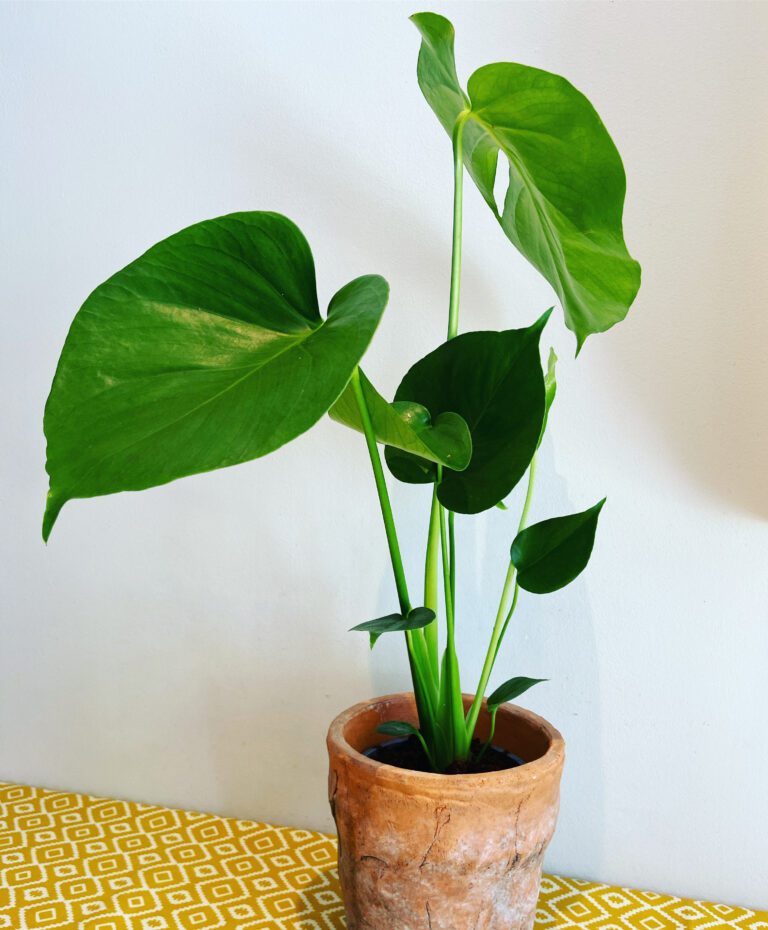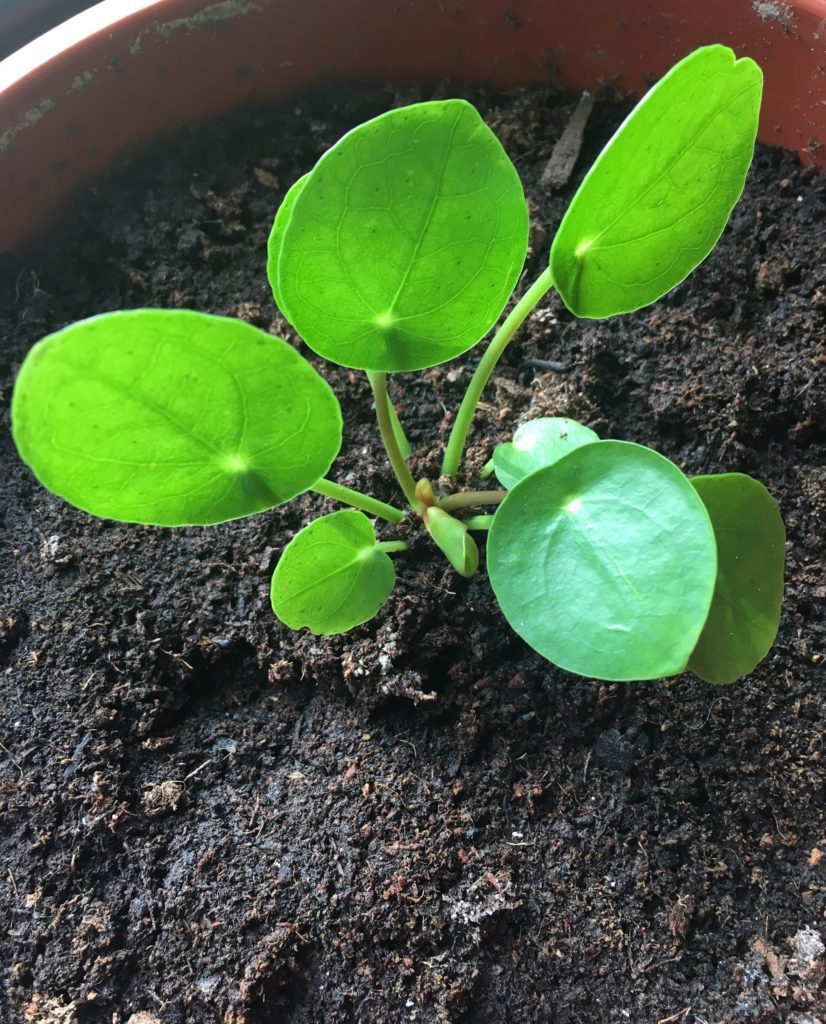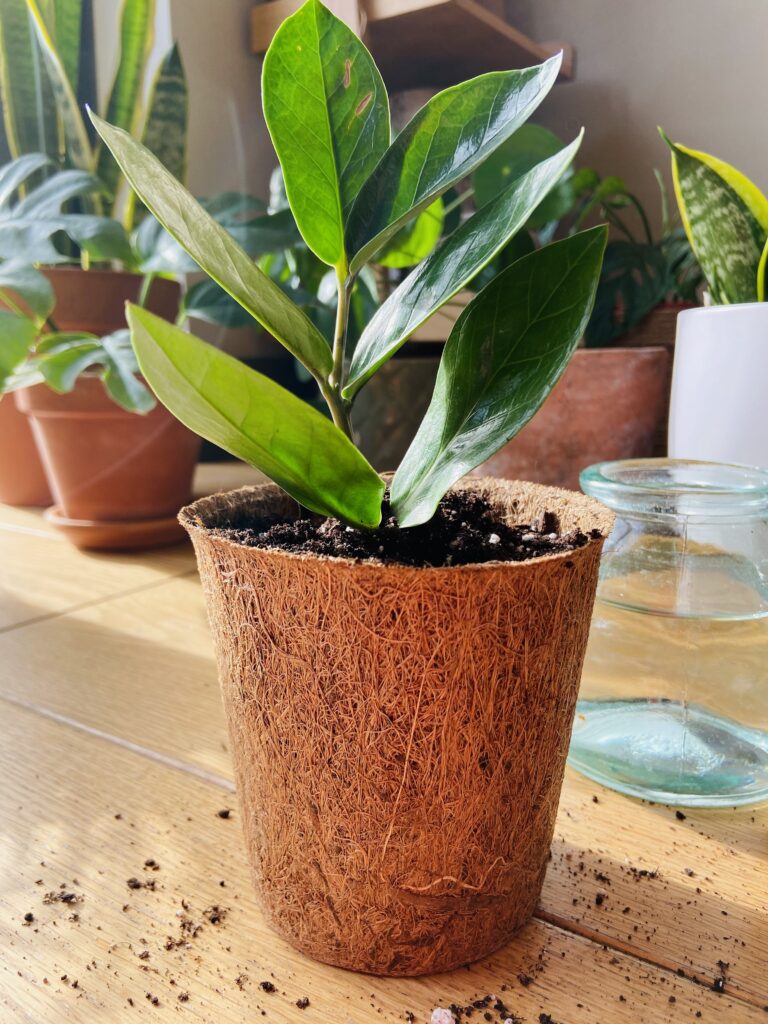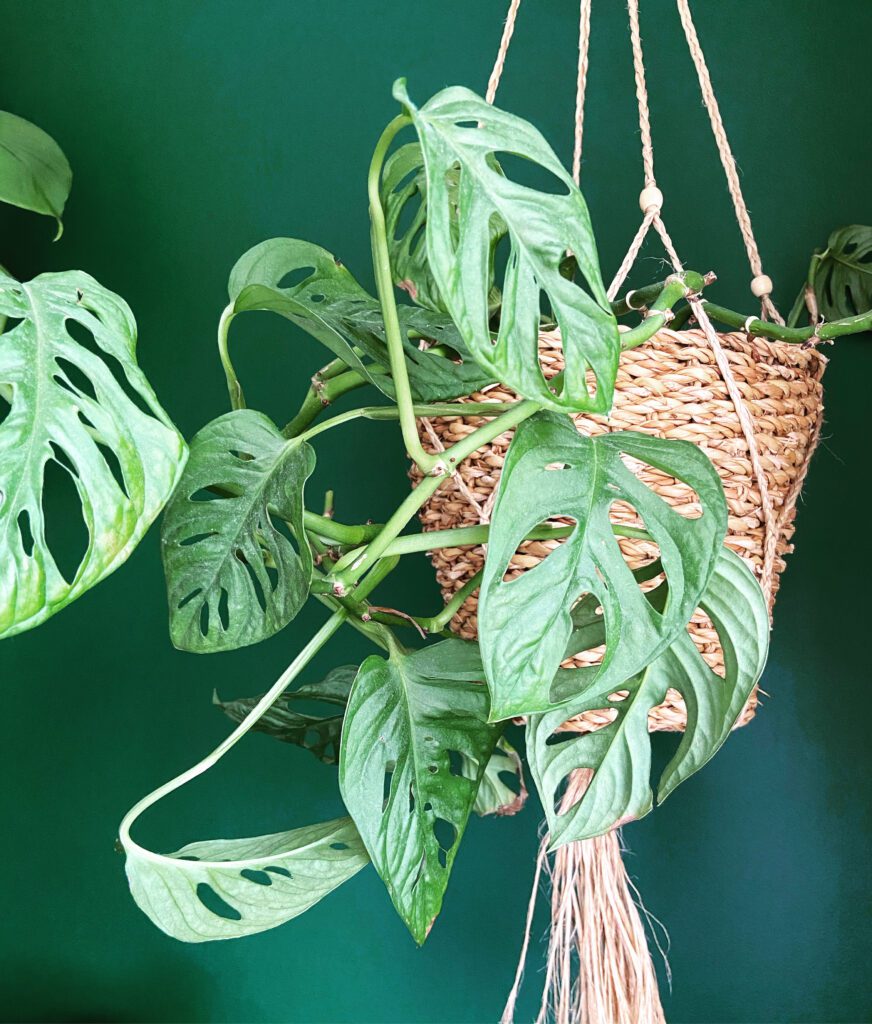Fertilising houseplants can help with the overall growth and wellbeing of your plants.
Houseplant fertiliser is a nutrient supplement designed to give indoor plants the essential minerals they need to grow and stay healthy. The soil in pots in our houseplants can’t replenish itself and offer sufficient nutrients like it does in nature.
Fertilisers contain nitrogen (for leaf growth), phosphorus (for root development) and potassium (which aids in overall plant health and strong stems).
Fertiliser come in different forms such as:
In the wild, fallen leaves, other organic matters and animal droppings break down and add nutrients to the soil around plants. Microbes (tiny living organisms), fungi and insects help decompose the organic materials which in turn creates a natural fertiliser for the plants.
Plants in their natural habitat also have deeper root structures and access to much larger volumes of soil, so roots can reach deeper to find nutrients and natural rain water.
In nature, everything is part of a system. Plants grow at a pace that matches the available nutrients without being encouraged to grow faster (which we tend to encourage when feeding our plants with a fertiliser).

Houseplants are taken out of their natural habitat and placed into ours. Potted soil runs out of nutrients over time and unlike nature, there is no natural way to replace those nutrients indoors unless we fertilise.
Houseplants also have our home environments to compete with:
Plants grow more during the growing season (April to end October) and during this time, plants need more nutrients to support growth.
It’s not recommended to fertilise during dormant, winter months as nutrient demands drop and because plants won’t be using the nutrients, there could be a build up of fertiliser in soil which leads to root burn and damage.

A liquid fertiliser and an organic worm casting fertiliser works well together.
Worm castings are a slow release, organic source of nutrients and improves soil health overall.
Liquid fertilisers act faster and provide immediate nutrient boosts, especially during active growing months.
Most liquid fertilisers do a good job and recently, I’ve been using Baby Bio Houseplant Food which is easy to use and works brilliantly. I simply mix half a cap of fertiliser with water and water my plants as usual every 10 days or so.
Always follow the instructions on the fertiliser that you’re using but every 10-14 days is the recommended frequency to fertilise your houseplants during the summer months.

Thank you for reading. Hope you found this post helpful. As always, if you have any questions, please get in touch here.
I’d love to know what blog topics you’d find helpful – please let me know here.
For more helpful plant tips and tricks, head to my YouTube channel here for lots of helpful planty videos.
Chantal – Grow My Wellbeing.


© 2025 Grow My Wellbeing